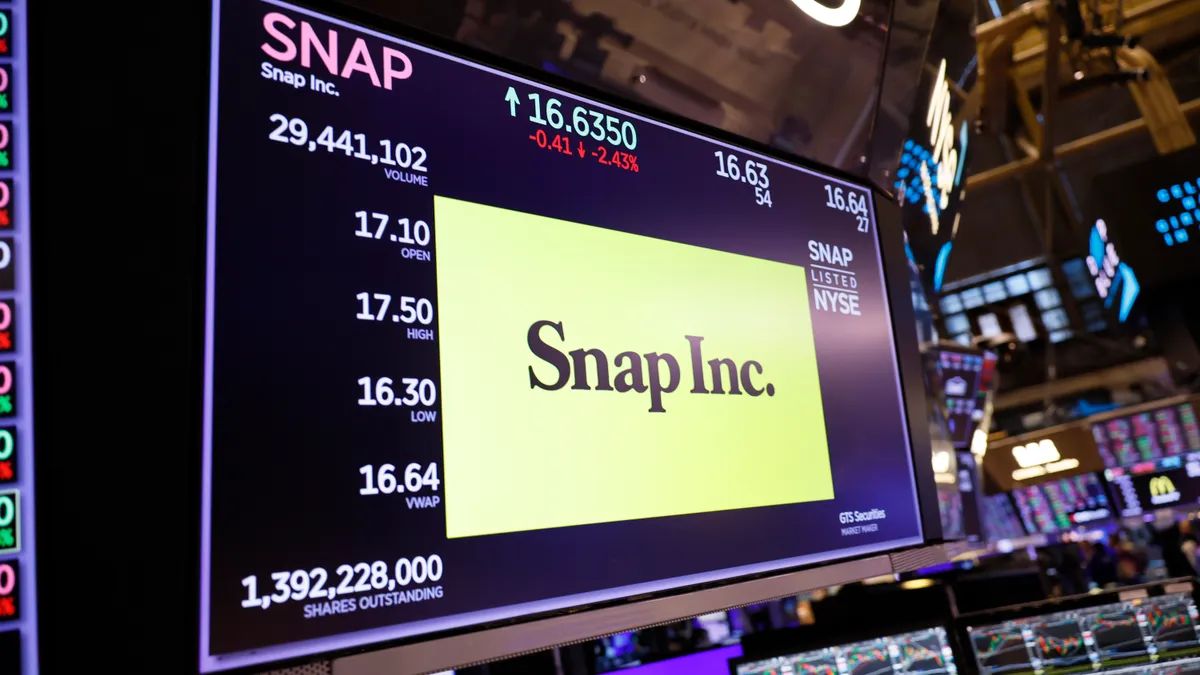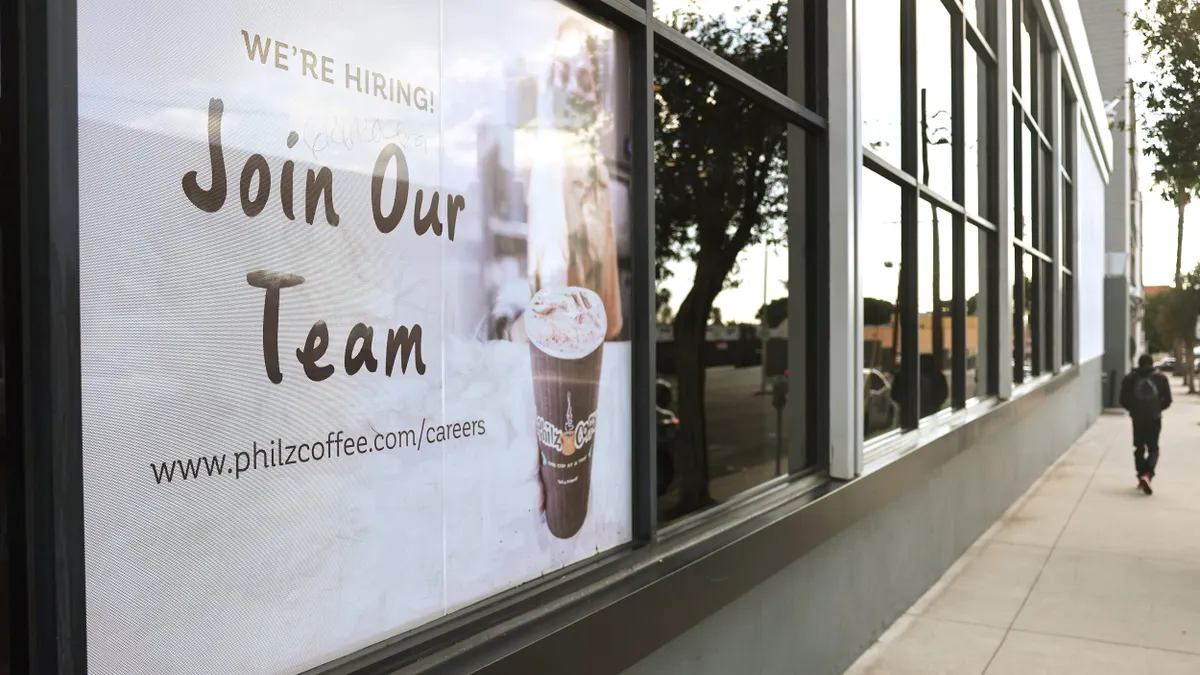Layoffs have made big headlines since the start of 2024, especially in the tech sector. Snap, owner of Snapchat, recently laid off more than 500 workers, or 10% of its workforce. Amazon, Google and Microsoft also announced massive waves of layoffs, many of them focused in engineering, video game development and streaming platforms.
More employees, too, are talking about layoffs, according to Glassdoor; the number of worker reviews on the site mentioning layoffs was up 27% year over year in January, the company said in a blog post.
“Even though measured layoffs remain at historically low levels, discussions of layoffs in Glassdoor reviews are higher now than they were in 2019, before the pandemic,” Daniel Zhao, lead economist and senior manager on Glassdoor’s Economic Research team, wrote in the post.
The rate of hiring also dropped sharply in 2023, Zhao noted.
While these signs may seem troubling, the numbers so far indicate that employers are still adjusting to post-pandemic reality, Nick Bunker, head of economic research for Indeed Hiring Lab, told HR Dive.
Adjusting to new needs
“For the most part, I’ve seen these layoffs as a continued pull back or editing of head count after that really strong period of growth in 2021,” Bunker said. “In some ways, these are companies that rapidly hired in 2021 and are rebalancing.”
Tech companies saw a period of heavy growth around a year after the pandemic struck. Similarly, transportation companies also saw intense growth — and both sectors are now receding in response to a market that is once again changing, Bunker said. UPS, for example, said it plans to cut 12,000 jobs in 2024 due to weakening demand in delivery, which naturally spiked during the pandemic.
The layoff aggregate overall remains low, Bunker noted.
“The thing that would get me more nervous about the labor market is when the industry [affected] is less tech and more hotels, restaurant chains, that sort of thing,” Bunker said. Those industries have largely remained stable as of the latest data from the U.S. Bureau of Labor Statistics, though growth has also been slow over the past year, BLS noted.
Also of note: BLS adjusts numbers in each report for previous months, and the report for January 2024 saw upward revisions for the end of 2023, indicating the market still has momentum.
Is AI to blame?
Many stakeholders have pointed to artificial intelligence as a future job killer, but are its effects now being seen? The short answer is: not yet, most likely.
“Generative AI clearly has a ton of potential,” Bunker said. “Even if it can do a lot, it still takes time for that to weave its way into companies.” Even back when personal computers hit the mainstream, it took time for that impact to show up in the numbers, he added.
Productivity effects will take a long time to show up in economic data, and even the jobs affected by layoffs that seem highly exposed to AI — such as software development — are again likely more impacted by companies readjusting to a new market, he said.
While various reports have indicated that generative AI may have a “high human cost,” those effects have not been realized just yet.
The possibility remains for the future, however; a January report from Cognizant and Oxford Economics said generative AI may “significantly change” half of all jobs.
Today’s outlook
Some signs bear watching, economists have said.
In a separate statement surrounding the latest jobs report, Bunker noted that average weekly hours dropped to their lowest level since March 2020 and are below the average from the three years prior to the pandemic.
Slowed hiring at companies has also pushed employee confidence down, according to Glassdoor.
“Hiring freezes are a less common topic than layoffs, but they were higher in 2023, up 81% year-over-year,” Zhao wrote in the post. “And, in 2023, only 23% of reviews that mention hiring freezes report a positive business outlook, confirming that employees view slower hiring as a strong negative signal about their employers’ health.”
But overall, both employers and job seekers have reason to remain optimistic about 2024, Bunker told HR Dive. At the end of 2023, employers reported to Robert Half cautious optimism in hiring for 2024 and that likely still holds.
“Unemployment is low, demand for workers is still strong, and you are seeing a healthy amount of job seekers,” he said. “It is reasonable to say that 2024 is looking strong […] just maybe not as surprisingly glorious as 2023.”





















